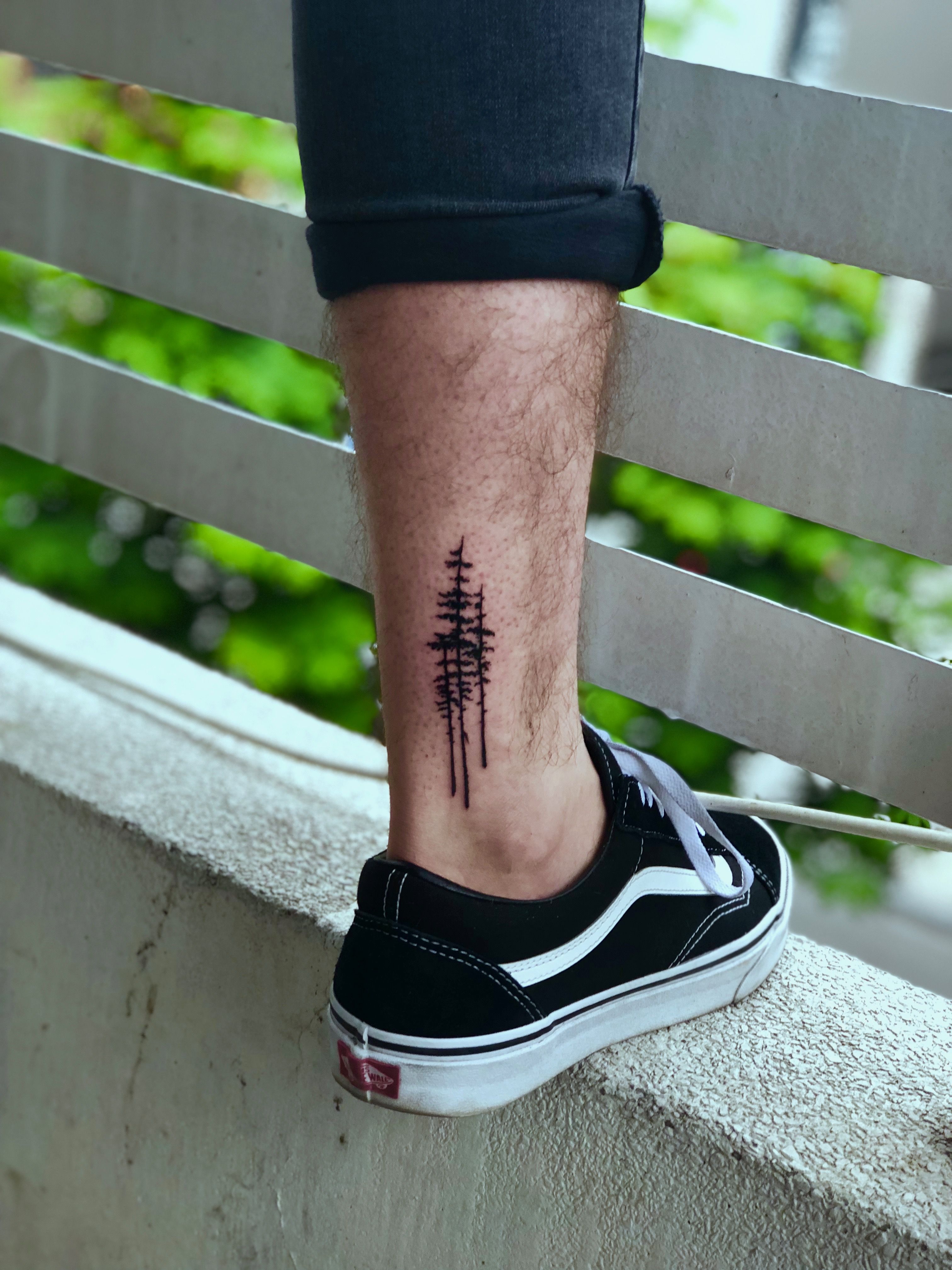Submarine Works

Introduction to Submarine Works

Submarine works involve a complex array of technologies, engineering skills, and strategic planning to design, build, and operate underwater vessels. These vessels are used for a variety of purposes, including military operations, scientific research, and exploration of the ocean floor. The development and maintenance of submarines require a deep understanding of materials science, physics, and marine biology, as well as the ability to work in a challenging and often hostile environment.
Design and Construction of Submarines

The design and construction of submarines are critical aspects of submarine works. Submarines must be designed to withstand the extreme pressure of the deep ocean, as well as to operate efficiently and effectively in a variety of environments. This requires the use of specialized materials, such as high-strength steel and titanium, which can withstand the pressure and corrosion of seawater. The design of the submarine must also take into account the need for stealth, speed, and maneuverability, as well as the ability to carry out a variety of missions, such as surveillance, reconnaissance, and combat operations.
Key Components of Submarines

Submarines have several key components that are essential to their operation. These include: * Propulsion systems: Submarines use a variety of propulsion systems, including diesel-electric, nuclear, and air-independent propulsion. * Power generation: Submarines require a reliable source of power to operate their systems, which can include diesel generators, nuclear reactors, and fuel cells. * Life support systems: Submarines must have a reliable life support system to sustain the crew during extended periods underwater. * Communication systems: Submarines use a variety of communication systems, including radio, satellite, and acoustic communication systems.
Applications of Submarine Works

Submarine works have a variety of applications, including: * Military operations: Submarines are used by navies around the world for a variety of military operations, including surveillance, reconnaissance, and combat. * Scientific research: Submarines are used by scientists to study the ocean and its ecosystems, as well as to conduct research on the seafloor and the water column. * Exploration: Submarines are used to explore the ocean and its depths, including the discovery of new species and ecosystems. * Offshore oil and gas: Submarines are used to support offshore oil and gas operations, including the inspection and maintenance of pipelines and platforms.
Challenges and Limitations of Submarine Works

Submarine works are challenging and complex, and there are several limitations and challenges that must be addressed. These include: * Pressure hull collapse: The pressure hull of a submarine must be designed to withstand the extreme pressure of the deep ocean, which can be crushing. * Crew safety: The safety of the crew is a critical concern in submarine operations, and requires careful planning and execution. * Limited visibility: The visibility in the ocean is limited, which can make it difficult to navigate and operate a submarine. * Corrosion and maintenance: Submarines are subject to corrosion and require regular maintenance to ensure their continued operation.
| Component | Description |
|---|---|
| Propulsion system | The system used to propel the submarine through the water. |
| Power generation | The system used to generate power for the submarine's systems. |
| Life support system | The system used to sustain the crew during extended periods underwater. |
| Communication system | The system used to communicate with the outside world. |

💡 Note: The design and construction of submarines require a deep understanding of materials science, physics, and marine biology, as well as the ability to work in a challenging and often hostile environment.
In summary, submarine works involve a complex array of technologies, engineering skills, and strategic planning to design, build, and operate underwater vessels. The design and construction of submarines are critical aspects of submarine works, and require a deep understanding of materials science, physics, and marine biology. The applications of submarine works are varied, and include military operations, scientific research, exploration, and offshore oil and gas operations. However, there are also several challenges and limitations that must be addressed, including pressure hull collapse, crew safety, limited visibility, and corrosion and maintenance.
What is the main purpose of a submarine?

+
The main purpose of a submarine is to operate underwater, and can include a variety of missions, such as military operations, scientific research, and exploration.
What are the key components of a submarine?

+
The key components of a submarine include the propulsion system, power generation, life support system, and communication system.
What are the challenges and limitations of submarine works?

+
The challenges and limitations of submarine works include pressure hull collapse, crew safety, limited visibility, and corrosion and maintenance.



